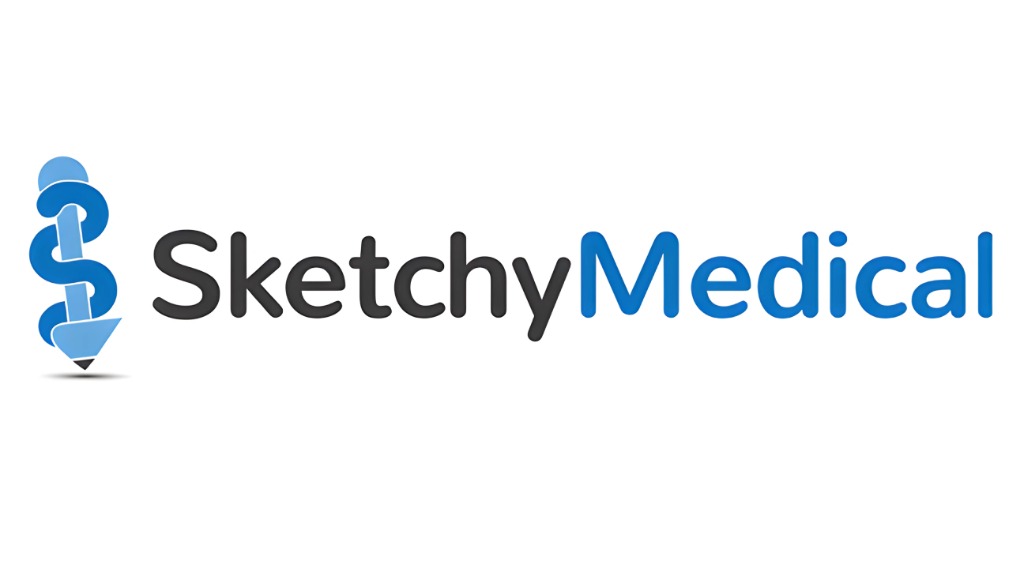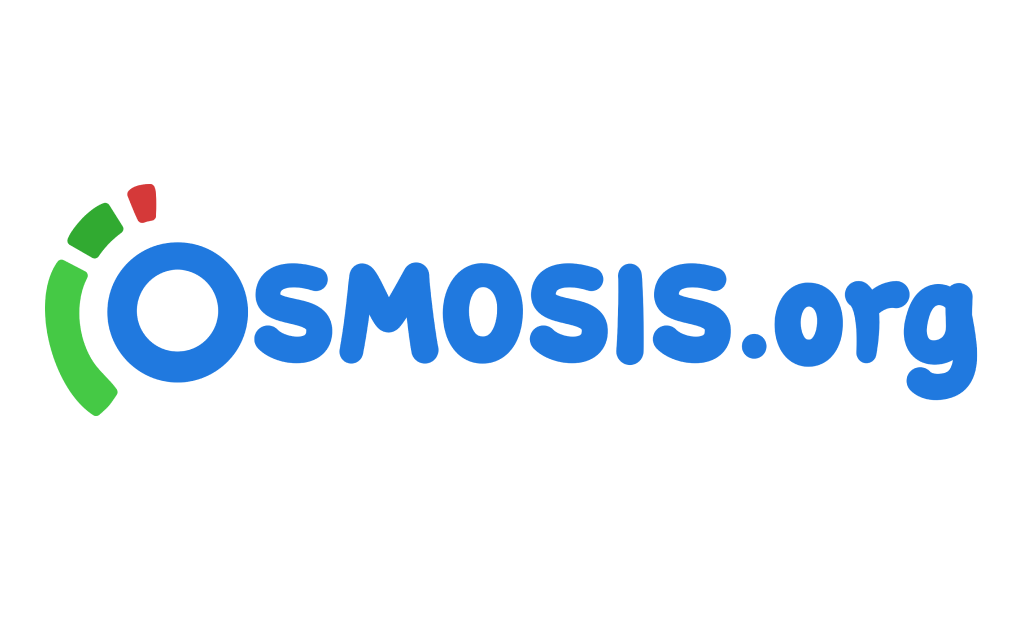1. Chapter 1. Pharmacokinetics
2. Chapter 2. Pharmacodynamics
3. Chapter 3. Autonomic and Somatic Nervous System
4. Chapter 4. Cholinergic Pharmacology
5. Chapter 5. Adrenergic Pharmacology
6. Chapter 6. Antiarrhythmics
7. Chapter 7. Antihypertensives
8. Chapter 8. Drugs for Heart Failure
9. Chapter 9. Treatment of Ischemic Heart Disease (IHD)
10. Chapter 10. Antihyperlipidemics
11. Chapter 11. Diuretics
12. Chapter 12. Antiplatelet Drugs
13. Chapter 13. Anticoagulants
14. Chapter 14. Thrombolytics
15. Chapter 15. Sedative-Hypnotic Drugs
16. Chapter 16. Antiepileptic Drugs
17. Chapter 17. Anesthetic Drugs
18. Chapter 18. Central Analgesics Opioids
19. Chapter 19. Parkinson Disease Drugs
20. Chapter 20. Antipsychotic Drugs
21. Chapter 21. Antidepressant Drugs
22. Chapter 22. Drugs for mania and Bipolar Disorder
23. Chapter 23. CNS Stimulants
24. Chapter 24. Marijuana and Cannabinoids
25. Chapter 25. Antimicrobial Drugs (or Agents)
26. Chapter 26. Antibacterials Cell Wall Synthesis Inhibitors
27. Chapter 27. Antibacteials Protein Synthesis Inhibitors
28. Chapter 28. Antibacterials Nucleic Acid Synthesis Inhibitors
29. Chapter 29. Miscellaneous Antimicrobial Drugs
30. Chapter 30. Antibiotic Choice
31. Chapter 31. Antimicobacterials Drugs
32. Chapter 32. Antifungal Drugs
33. Chapter 33. Antiviral Drugs
34. Chapter 34. Antiparasitic Drugs
35. Chapter 35. Overview of Anticancer Drugs
36. Chapter 36. Anticancer Drugs
37. Chapter 37. Overview of the Endocrine System
38. Chapter 38. Sex Steroids
39. Chapter 39. Adrenalcortical Steroids
40. Chapter 40. Diabetes Therapy
41. Chapter 41. Thyroid Disorder Therapy
42. Chapter 42. Drugs Affecting Calcium and Bone Structure
43. Chapter 43. Eicosandoids, NSAIDs, and Acetaminophen
44. Chapter 44. Histamine and H2 Antagonists
45. Chapter 45. Therapies for gastroesophageal Reflux and Peptic Ulcer Disease
46. Chapter 46. Serotonin Pharmacology
47. Chapter 47. Asthma and COPD Treatments
48. Chapter 48. Therapies for Gout
49. Chapter 49. Disease-Modifying Antirheumatic Drugs
50. Chapter 50. Immunosuppressants (Anti-rejection Drugs)












Does this purchase include the mnemonic feature (the one that is like sketchy micro)?